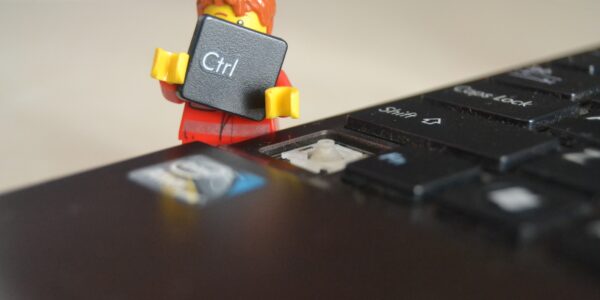We thought it might be fun to list the myths we’ve heard around texting in healthcare.
3 Myths about Texting
#1: “Texting is impersonal”
This statement came from a physician who didn’t believe patients wanted to be able to text with their doctors and practices. In fact, she was adamant that patients would hate it.
It’s easy to debunk this particular myth. Who do we text most in our daily lives? Close family and friends usually. And those are the people that we share very personal relationships with. Furthermore, healthcare is a very personal topic. The topics you choose to discuss with your practice are often very sensitive and highly personal.
The good news is, we studied her patients after a 3 month pilot. 98% of them said they would rather be able to text with their practice than pick up the phone or use the patient portal. Why? They believed it was more personal than the other two options.
#2: “Texting is the same as messaging in the patient portal”
We’ve heard this one a lot over the years. From doctors to CIOs to patients, this myth is widely used.
The truth is, texting and patient portal messaging are vastly different. The best parallel to draw to illustrate this point is to compare portal messaging to email.
The personal conversation scenario
We have a choice whenever we want to communicate with someone: in-person conversation, phone call, email, text message, and maybe even Snapchat.
But what makes us choose one medium over another? It often depends on the topic and the person. Since healthcare is often very personal, let’s pretend I’m planning to communicate something personal to a friend that isn’t in close proximity.

Do I call her? Maybe if it’s really time sensitive. While this ends up being the case for me sometimes, it’s not typical that I need a personal question answered ASAP.
Do I Snapchat her? Only if it’s about something really fun…which healthcare rarely is.
Do I text her? I’m biased, but absolutely. It’s personal, short, and efficient.
Do I email her? Maybe if it’s a longer message and I don’t want to type it all out on my phone. But that rarely happens.
So if we’re making the logical comparison of portal to email, the same would apply. In a healthcare scenario, I may want to use the patient portal for a longer message, but I would absolutely use texting for most questions I have.
The point here is, the use cases for both texting with my practice and messaging on the portal might vary based on the complexity of the topic.
#3: “Phone calls are easier than texting”
Many practices believe this myth before they start texting with patients. In a typical physician practice, an incredible amount of time is wasted leaving voicemails and trying to chase patients down.
Not only that, but often times the office staff at a practice is trying to manage multiple calls at once. At the same time, they are trying to figure out who each patient is and how to answer their question real-time.
What makes texting efficient and easy is that it is asynchronous, meaning I don’t need the patient on their smartphone during the conversation and vice versa. The ability to send a message and receive a response 5, 10, or 20 minutes later means an increase in efficiency.
In conclusion
Texting is new in the healthcare space! We believe there’s so much room for improvement in healthcare communication. If you believe any of these myths, you may want to take a second look. There’s a good chance texting can really improve care for your patients, and save time any money for physicians and their practices.

